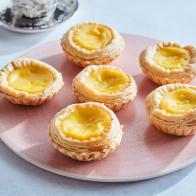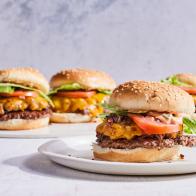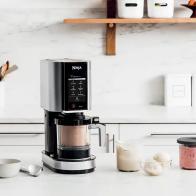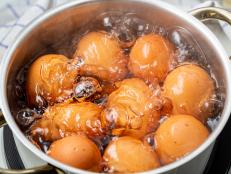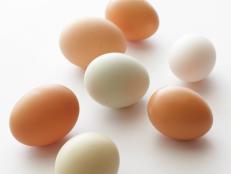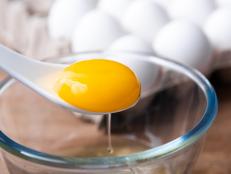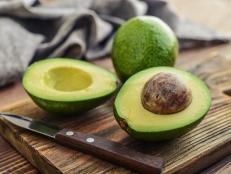The One Thing You Should Always Do When Making Fried Eggs
High heat (not low heat) is best. Here’s why.


Michel Tripepi / EyeEm/ Getty Images
The first thing many people learn about cooking eggs in a skillet? Use low heat. Take scrambled eggs. Cooked over low heat (and constantly stirred), they turn out magically creamy. The gorgeous, sunny yellow French omelet is only achieved by cooking over the tiniest flame. And fried eggs? You've probably heard you should use low heat for them too, until the whites set and the yolks start to solidify.
But I’m here to turn the rules of fried eggs on their head. Save your low heat for scrambled eggs and omelets, and blast fried eggs over medium-high heat. Welcome to the 2000s, baby. This is how many chefs, recipe developers and food stylists (the people whose job it is to make food look gorgeous for photoshoots) cook their fried eggs today. The reason is simple: golden-brown lacy edges so crisp and irresistible they’re like potato chips.
Let’s rewind a little. Here’s what happens when you cook fried eggs over low heat. You end up with gelatinous whites. For some, this familiarity is palatable. And that’s totally fine, I’m not yucking your yum. But for everyone else who’s intrigued, here’s what you do to make fried eggs 2.0.
Start off by heating a nonstick skillet over medium high heat. Then add a generous glug of olive oil or a big pat of butter (or really, whatever oil you want) — enough so that it not only covers the bottom of the pan but also would pool if you tilted the pan. Crack in your eggs. You’ll notice that instead of spreading out and merging with their neighbors into one giant, multi-yolk egg (as fried eggs are typically wont to do), these eggs set into perfect, distinct ovals. That’s because the heated skillet immediately starts to cook them. Now season the eggs with salt, pepper, and heck, crushed red-pepper flakes if you’re feeling spicy.
Step back and let them cook. The egg whites will probably make a few loud sputtering noises as they cook and that’s okay. Instead of cooking in a smooth layer, they'll bubble up in places. When the edges look quite golden brown, tilt the pan and spoon up some oil up over the tops of the eggs and onto the egg yolks. Repeat several times. The hot oil will help cook and set the egg yolks.
Now remove your eggs from the skillet and try not to devour them in two minutes flat.
Related Links:
